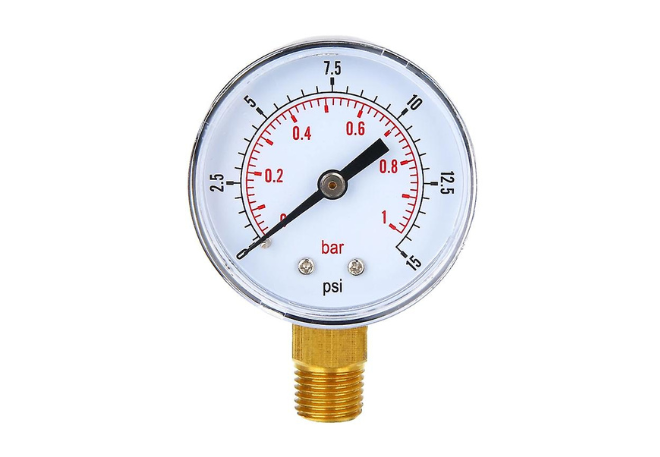How Do Reed Switches Power Everyday Technology? Discover Their Role in Smart Devices and Systems
Introduction: Uncovering the Hidden Hero of Electronics
Reed switches may be tiny in size, but their impact in the world of electronics is enormous. These magnetically operated electrical switches are quietly enabling countless everyday technologies—from security alarms and car doors to smartphones and industrial automation. While invisible to most users, reed switches are vital to ensuring safe, responsive, and efficient systems.
This blog explores the operation of reed switches, their applications, and why they remain a viable solution in an increasingly digital world.
Understanding the Reed Switch Mechanism
At its core, a reed switch contains two thin metal blades (reeds) sealed within a small glass capsule. These reeds are made from ferromagnetic materials and slightly overlap with a small air gap between them. When a magnetic field approaches, the blades attract each other and make contact, completing a circuit.
- No need for mechanical actuation—only a magnet is required
- Contact returns to its original state when the magnet moves away
- Some versions toggle between states with magnetic pulses
This straightforward operation is what makes reed switches incredibly durable and versatile.
Key Features That Set Reed Switches Apart
Reed switches are favoured for both their simplicity and robust functionality. Some of their most distinguishing characteristics include:
- Sealed for life: Protected from dust, moisture, and contaminants
- Minimal energy draw: Consumes virtually no power to operate
- Contactless switching: Reduces physical wear and improves longevity
- Silent operation: Ideal for consumer-facing products
- Magnet sensitivity: Responds accurately to field strength and proximity
These traits make reed switches ideal for applications requiring low maintenance and high reliability.
Real-World Applications of Reed Switches
Reed switches are used in a remarkably diverse range of fields. They act as invisible triggers, detectors, and controls across multiple industries:
Smartphones and Tablets
- Automatically switch displays on or off when a magnetic case is opened or closed
- Used in stylus docking detection and magnetic accessories
Automobiles
- Installed in doors, hoods, and seat belts for position and safety detection
- Helps detect fluid levels and control window operations
Security Systems
- Essential in contact sensors for doors and windows
- Trigger alerts when the magnetic field is interrupted by an intrusion
Home Automation
- Used in smart locks, garage door sensors, and connected lighting
- Enable magnetic actuation for touchless control
Medical and Laboratory Equipment
- Ensures safe equipment positioning
- Activates or deactivates sensitive tools when covers or doors are opened
The non-contact nature of reed switches is particularly valuable in environments requiring hygiene, isolation, or minimal disturbance.
Advantages of Using Reed Switches in Design
For engineers and product designers, reed switches offer a compelling mix of performance and simplicity:
- Compact and lightweight: Easily embedded in space-constrained designs
- Reliable over time: Performs for millions of cycles without mechanical degradation
- Customizable behaviour: Available in normally open, normally closed, or changeover forms
- Immune to environmental stress: Resistant to vibration, shock, and moisture
- Easy to integrate: Pairs seamlessly with both analogue and digital circuits
These benefits allow designers to focus on function and innovation without overcomplicating hardware interfaces.
Selecting the Ideal Reed Switch for Your Application
Choosing the correct reed switch requires matching it to specific project needs. Several important factors should be considered:
- Sensitivity (AT rating): Determines the magnetic strength required for activation
- Contact configuration: Decide between NO, NC, or SPDT based on circuit logic
- Electrical load rating: Ensure compatibility with voltage and current requirements
- Form factor: Surface-mount, through-hole, or cylindrical types available
- Response speed: Faster switches may be needed in real-time applications
- Environmental sealing: Industrial settings may require extra protection
Careful selection ensures optimal performance, reliability, and product lifespan.
Materials and Construction Quality
Not all reed switches are created equal. The quality of materials directly impacts reliability and precision:
- Glass housing: Ensures airtight sealing for long-term stability
- Nickel-iron blades: Provide magnetic responsiveness and mechanical strength
- Contact plating: Gold, rhodium, or ruthenium options reduce resistance and corrosion
- Inert gas filling: Protects the contacts from arc damage during switching
Top-grade reed switches can perform under extreme conditions without failure.
Why Reed Switches Are Still Relevant in a Digital World
Despite the rise of advanced solid-state sensors and microcontrollers, reed switches remain a vital component in modern electronics. Their fundamental design hasn't changed much since the 1930s—because it works. In a world obsessed with digital transformation, reed switches offer something rare: dependability without complexity.
- They don’t require a power supply
- They're not vulnerable to electromagnetic interference
- They're cost-effective at scale
- They're ultra-durable under diverse conditions
For applications where simplicity, safety, and silent switching matter, reed switches remain an unbeatable solution.
Innovations and Future Potential
Recent trends have seen reed switches evolving alongside innovative technologies:
- Integration with wireless systems: Used in battery-free wireless sensors
- Miniaturised designs: Fit into wearables and IoT devices
- Flexible and surface-adhesive formats: Expanding installation possibilities
- Smart magnets: Precision placement improves sensor accuracy
As the demand for reliable, maintenance-free sensors grows in IoT, healthcare, and automation, reed switches will continue to prove their worth.
Conclusion: The Small Switch with a Big Impact
Reed switches may operate quietly in the background, but their role is foundational across countless systems. With zero power consumption, long-lasting reliability, and magnetically triggered functionality, they serve as a timeless component in an ever-evolving technological world.
Designers, engineers, and innovators seeking an innovative and efficient solution to detect position, motion, or contact should always consider the humble yet powerful reed switch. It’s one of those rare components where simplicity translates directly into performance.




Comments
Post a Comment